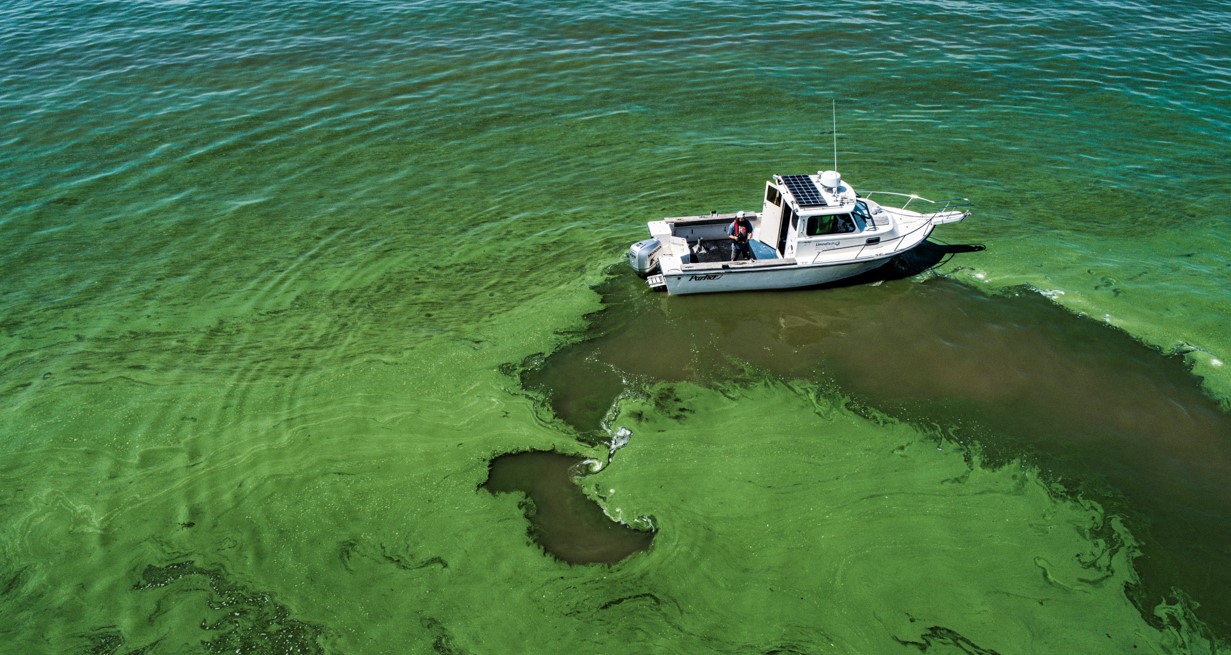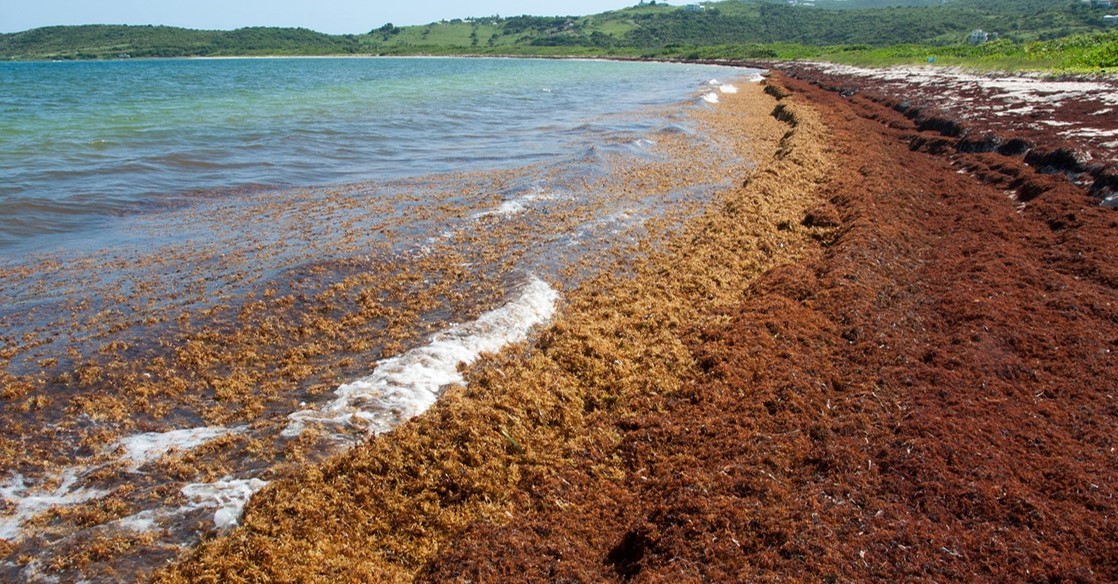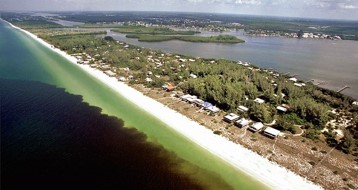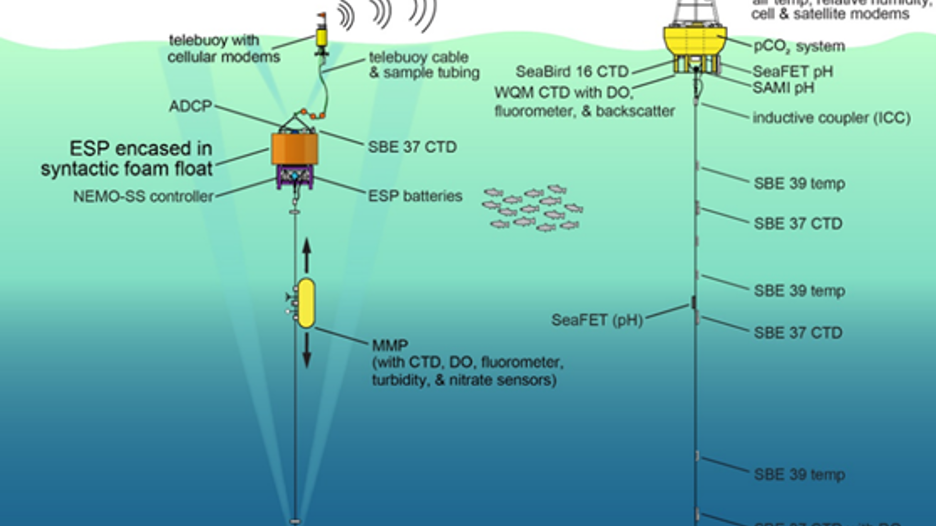Causes of Harmful Algal Blooms and Toxicity
Environmental drivers regulating harmful algal bloom (HAB) growth and toxicity span a wide range of physical, chemical, and biological factors. They include a variety of complex interactions within and across these categories. Moreover, climate change is altering the way and the extent to which many of these factors influence HAB growth and toxin dynamics in natural settings. NCCOS is striving to identify the mechanisms involved in mediating changes and shifts in HAB abundance, distribution, and toxicity in order to develop predictive capabilities required to manage and mitigate the impacts of HABs and their toxins on public health and quality of life as well as impacts to coastal economies.
Causes of Harmful Algal Blooms
Oceanic, coastal, and Great Lakes waters of the United States are increasingly impacted by HABs with blooms reported in every state. Certain types of microscopic or larger plant-like cyanobacterial or algal species can cause HABs. Algae and cyanobacteria are considered to be the basis of most freshwater and marine food webs. While many of these cyanobacterial and algal species are present in healthy ecosystems, environmental factors can cause them to multiply in mass quantity (considered a bloom) and/or move onshore causing impact to wildlife and humans.

Cyanobacteria
This blue-green algae causes harmful blooms in Lake Erie when warmer water (typically July to October) provides favorable bloom conditions.


Karenia brevis
Also known as “red tide”, this algal species persists in the bottom waters off the coast of Florida and in the Gulf of Mexico. Northerly winds create upwelling, causing the bloom to move onshore.
Factors Affecting Harmful Algal Bloom Toxicity
Identifying and characterizing the factors regulating toxin production are key to developing predictive models and strategies needed by managers to mitigate the impacts of toxic HABs. This effort is complicated by the fact that bloom toxicity is highly variable due to intrinsic (e.g., genetic) as well as environmental factors (i.e., physical, chemical, biological) and their interactions. Changes related to climatic shifts may also affect toxin production.
Using the Latest Research and Technology
Our scientists are working with partners on cutting edge research and the latest technologies to help forecast, manage, and monitor harmful algal blooms and toxicity. Visit our additional HAB pages to discover how we are tackling this issue in each focus area.


